The ancient civilizations of Mesopotamia rose to dominance as far back as between 4,000 – 3,500 BC. It was here that the world’s first ever cities where built with its streets bustling with trades, vibrant cultures and diverse religions. These religions differed from one region to another and they all had their own variety of gods and goddesses they worshiped.
Many of the Mesopotamian gods were commonly worshiped by Sumerians, Babylonians and even Assyrians alike. Each province had its own patron deity and set of gods and goddesses they worshiped and payed homage to. Because of this, their number grew over time to about 300 to 1000 different deities. In this article we will be taking you back to ancient history as we take a look at the stories and myths surrounding 12 of the prominent goddesses of ancient Mesopotamia.
Contents
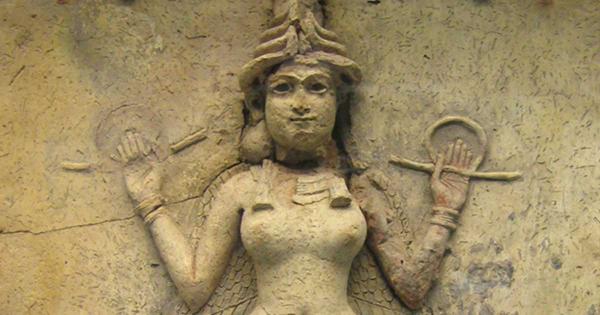
Regarded as one of the most popular female deity, Inanna also known as Ishtar to the Assyrians is the Sumerian goddess of sexuality, passion, fertility, love, prostitutes and war. She features prominently in many of the best known and frequently copied stories, myths and hymns. Her symbols being an eight-pointed star and a lion, she is often depicted riding on a lion and referred to as `The Queen of Heaven'. And although she was worshiped as the Goddess of love and sexuality, she was not considered the mother goddess or the goddess of marriage because many of the compositions concerning her depict her as highly sexual, unmarried, and able to "turn men into women" with passion. Inanna had worshipers allover ancient Mesopotamia and was regarded as one of the most powerful female deity.
About the stories and myths surrounding her, she is always represented as a spoiled, short-tempered goddess and is said to be the daughter of Anu the God of the sky. Her myth mostly revolves around descending to the underworld and causing the death of Enkidu. According to the Epic of Gilgamesh, Inanna unleashed the Bull of Heaven on Enkidu after he refused her demand for him to become her consort.
There is also a myth about her where she went seeking for answers from the god of wisdom.
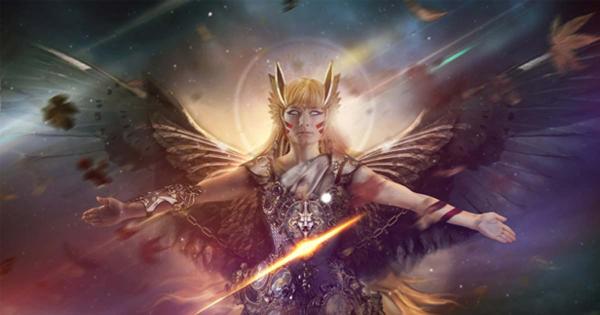
Ereshkigal "the lady of the great earth" also known as Irkalla is regarded as the ruler of the underworld (the land of the dead) and elder sister to the goddess Inanna. Often referred to as "the queen of the land of the dead", her powers are so great that she remains the only one that can make any laws or pass judgement in the underworld. Her main temple was situated in Kutha.
About her myths, there are two popular myths that revolves around her character. The first myth is linked to her junior sister Inanna. The myth talks about the descent of Inanna to the underworld in hopes of extending her powers. On earing this plot, Ereshkigal devised a plot to stop her. She ordered Neti the gatekeeper to immediately shut all the gates of hell and prevent Inanna from entering. The gates were only to be opened one at a time every time she removes a piece of her clothing.
As she reached the throne, she was naked and powerless. Ereshkigal immediately used the advantage to put her on judgement in front of the seven judges, find her guilty and order her execution. Her lifeless corpse was then hung on a hook for everyone to see in order to serve as a strong deterrent to anyone else that might consider coming down to the underworld to wrestle for power.
However, after Ninshubur pleads for Inanna, Ereshkigal brings her back to life but at the cost of her husband’s life.
Another myth talks about her marriage with Nergel who was the God of Plague. Nergel joined her in the underworld and ruled the kingdom by her side.
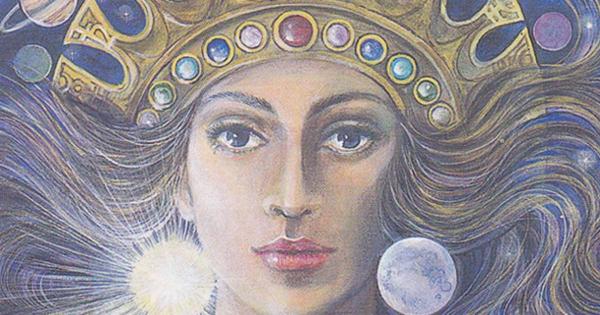
The Sumerian goddess of the east Ninshubur was the second in command to Inanna. In Sumerian mythology, Ninshubur is portrayed as "unshakably loyal" in her devotion to her mistress. According to the myths, she was depicted as a friend, confidant, defender, advisor and traveling companion to Inanna. Ninshubur plays a prominent role in many of the stories concerning Inanna. In the poem Inanna and the God of Wisdom she protects Inanna and helped her fight Enki's demons after Inanna's theft of the sacred me, and in the Descent of Inanna to the underworld she is the faithful friend who finds help to free Inanna from the underworld.
In addition to being a source of great wisdom and knowledge, Ninshubur was also a warrior goddess. She was the guardian and messenger of the god An.
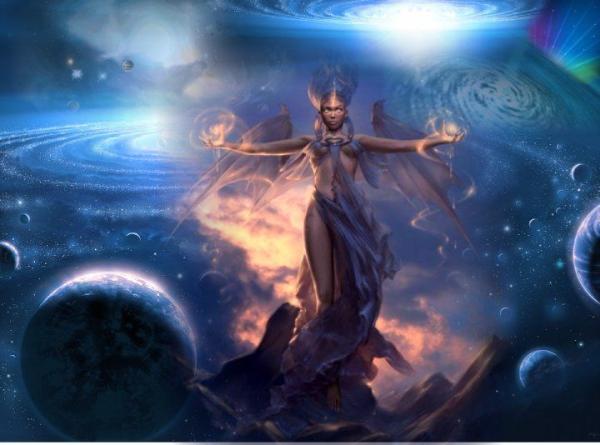
Depicted as the primordial goddess of the oceans who mated with the God of fresh water, Abzu, to reproduce younger gods, Tiamat is possibly one of the earliest known Babylonian entities used for Chaoskampf, a myth that portrays the momentous battle between a hero and a chthonic monster.
The very portrayal of Tiamat as one of the Mesopotamian gods in the ancient motifs takes a paradoxical route, with one ‘side’ showing how she epitomized the beauty of the feminine, while the other showcasing how she represented the chaotic scope of primordial origins. In essence, the first part of her mythos projects the goddess as the creator, who in sacred bond with freshwater sources (represented by god Apsû), gives birth to the cosmos and its successive generations.
However, the second part of the Chaoskampf makes Tiamat the antagonist, with her taking the form of a giant dragon to wreak havoc on the younger generation of gods (as an act of revenge, instigated by the murder of her husband Apsû). She is also said to have created the first batch of monsters and ‘poison-filled’ dragons, and ultimately ends up being slain by god Marduk, who in turn then proceeds to construct both heaven and earth from her remnant body.
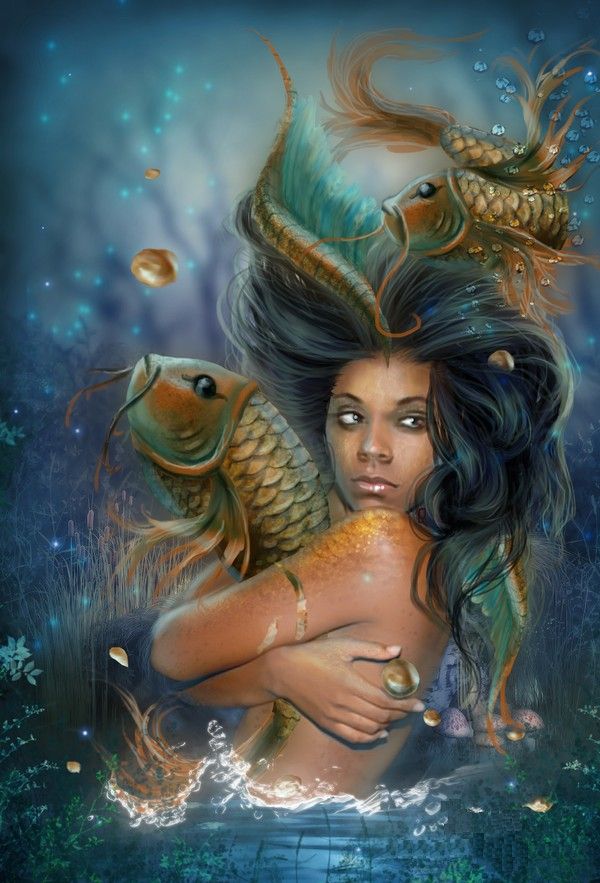
The Sumerian goddess of social justice who looked after orphans and widows. She also oversaw fairness, fresh water, birds and fish, fertility and favored prophets, giving them the ability to interpret dreams. She was also known as the Lady of the Storerooms and, in this capacity, oversaw that weights and measures were correct. Her consort was Haia, god of storerooms. She was adept at interpreting dreams and, in one famous myth, the pious king Gudea consults her regarding a dream about the proper time to build a temple.
Several Gods followed her orders while she maintained a right social balance. As the goddess of prophecy, she determined the future by the process of interpreting dreams. Even her priests were granted the gift of prophecy after performing certain rituals that involved the end of life and resurrection.

The Lady of the Air', whose name was originally Sud until she married Enlil. In one version of the story, Enlil seduces Ninlil and is banished to the underworld. Ninlil follows him there and gives birth to the gods Nanna, of the moon; Nergal, of war and death; Ninazu, of the underworld, healing and magic incantations; and Enbilulu, of rivers and canals. These gods then rise from the underworld to earth and sky. She was also associated with love, war, and divination and also sometimes appears as a mother goddess or an underworld deity.

The Babylonian scribe of the underworld, she kneels by the throne of Ereshkigal and records the names of the dead as they enter the dark realm. It is Belet-seri who keeps the records of human activities so she can advise the queen of the dead, Erishkigal, on their final judgement. She was referred to as the `Queen of the Desert'. Her consort was Amurru, Amorite god of the sky and of nomads. She was often portrayed as the primary scribe of the gods and keeper of both divine and mortal accounts.
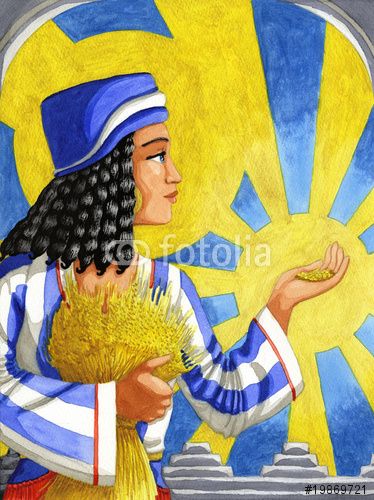
“Lady of Abundance” Ashnan was a popular Sumerian grain goddess. Ashnan and her sister, Lahar, were the children of Enlil, born to provide sustenance to the Annunaki, the judges of the dead. It was found, however, that the Annunaki could eat none of it and so human beings were created to eat of the grains instead so that the efforts of Ashnan and Lahar would not be wasted.
Ashnan had worshippers allover ancient Mesopotamia, both farmers, kings and priests alike prayed to her for good planting and harvest seasons.
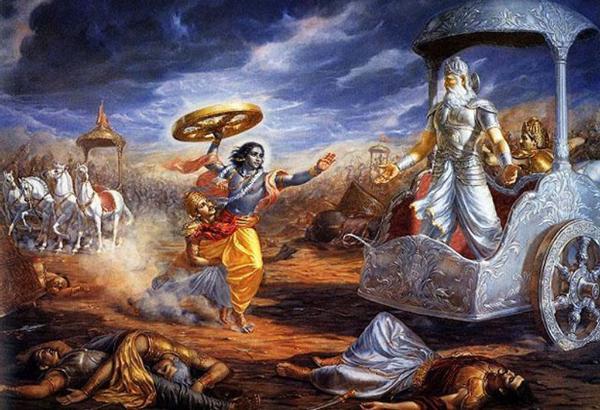
The Sumerian Mother Goddess best known as the mother of Gilgamesh. She was adept at interpreting dreams and was very kind, wise and powerful. Her name is translated as `Cow of The Wild Enclosure' or, alternately, `Great Lady'. She was also associated with love, war, and divination and also sometimes appears as a mother goddess or an underworld deity. Several of the Assyrian kings even prayed in her temple before their military campaigns and actions of wars. And beyond just war ceremonies, the temple was viewed as a fortified sanctuary for Assyrian queens during their pregnancy.
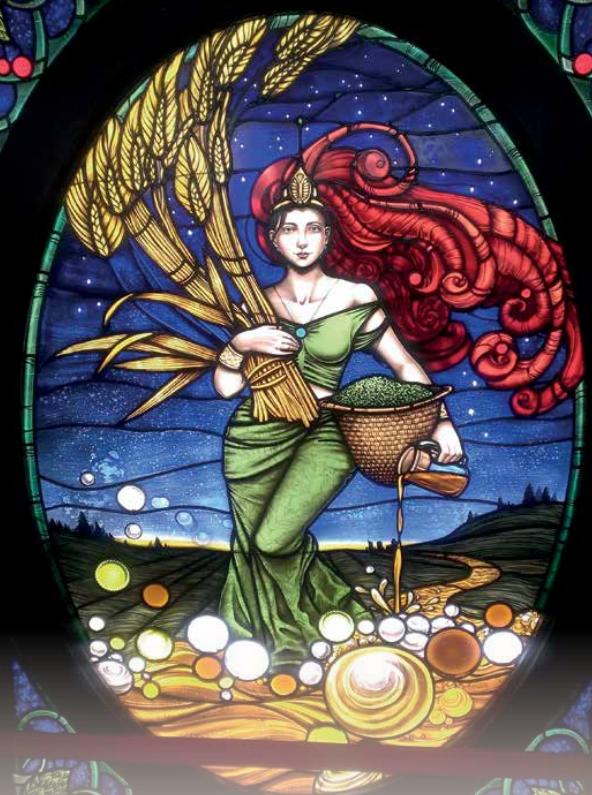
Symbolizing the role of women in brewing and preparation of beverages in ancient Mesopotamia, Ninkasi was a Goddess made to satisfy the heart and its desires. She was said to brew a fresh batch of beer every day from the finest ingredients and using the best recipe.
And like many of the oldest cultural achievements pertaining to humanity, the oldest recipe for brewing beer comes from the land of Mesopotamia. One of the most famous works concerning her is the Hymn to Ninkasi from the 19th century BCE which is both an homage to the goddess and a recipe for brewing beer. Also known as Ninkar. These earliest beers were possibly concocted with the aid of barley that was extracted from bread. To that end, some of the excerpts from a 3900-year-old Sumerian poem honoring Ninkasi (the Hymn to Ninkasi),
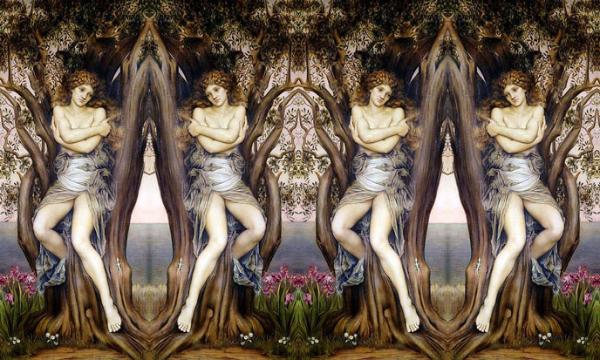
Ninhursag is regarded as the oldest of all the goddesses in the Mesopotamian pantheon. Goddess of nature, an early mother goddess who created human beings. Her powers are so great that she is also named as the mother of men and gods. She is known for the creation of both mortal and divine entities. She is called from different names in different myths. Earlier among Sumers, she was known as Damgalnuna and Damkina who was a nurturing mother and had associations with fertility. Sul-pa-e, who had a role in the underworld was a minor god and her husband. With him, she had three children namely Lisin, Lil, and Asgi. In later stages, she was depicted as the consort of God of Wisdom, Enki.
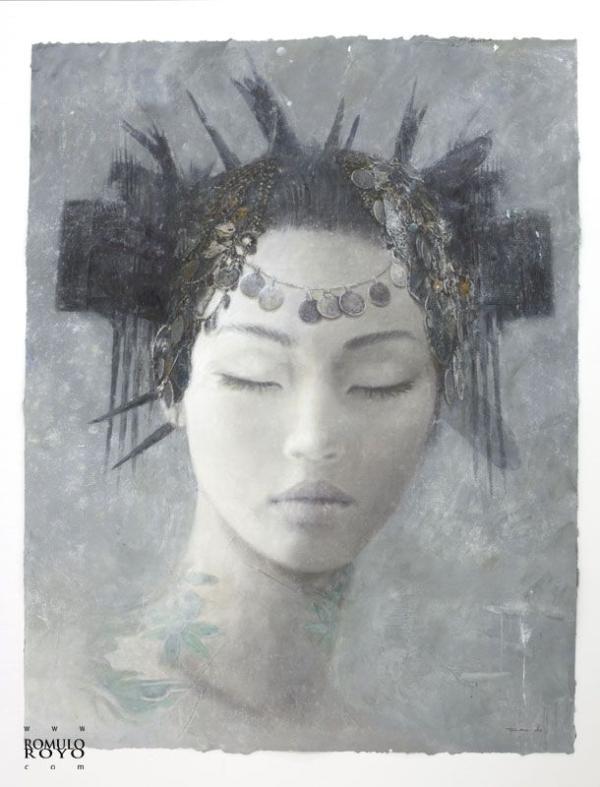
The Babylonian goddess of the earth and fertility. As her name, `Ki' and `Shar' means `the entire earth', she is considered a mother goddess responsible for growth below and above the ground. She is the mother of Anu in some myths and associated with Anshar (heaven). She appears in the opening lines of Enuma Elish and suddenly disappears later. She is often seen in texts of first millennium BC where she is equated to Goddess Antu.
Final Conclusion: The ancient Mesopotamian civilizations are credited with inventing many of humanities growth, cultural and religious achievements. These lands where once ruled by Mesopotamian gods and goddess, all having their own different stories, roles, powers and dedications on earth. The ancient Mesopotamians believed that their deities lived in Heaven, but that a god's statue was a physical embodiment of the god himself. As such, statues for different deities were built and given constant care and attention. Some of them stands even till this day.
Tags: Mesopotamian goddesses, Mesopotamian deities
 |
 |
 |
 |
Something wrong. Try FREE Giveaways. Or go to Free Gifts page
Disable adblock to see all secrets. Once done, hit a button below for fun
 |
 |
 |
 |